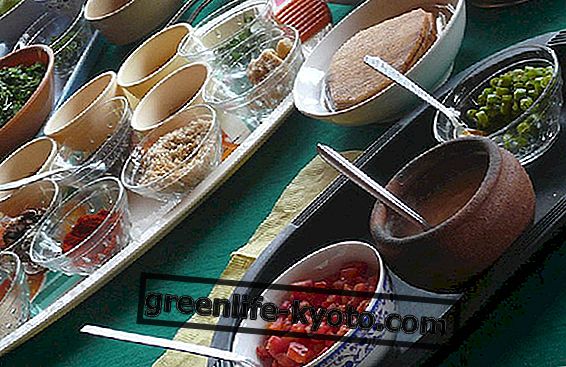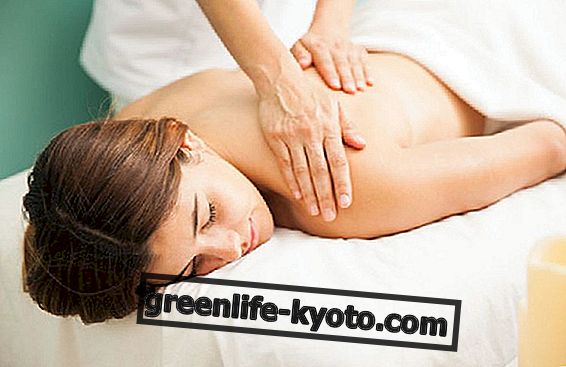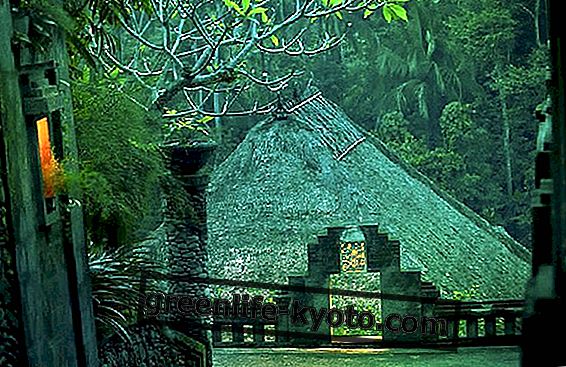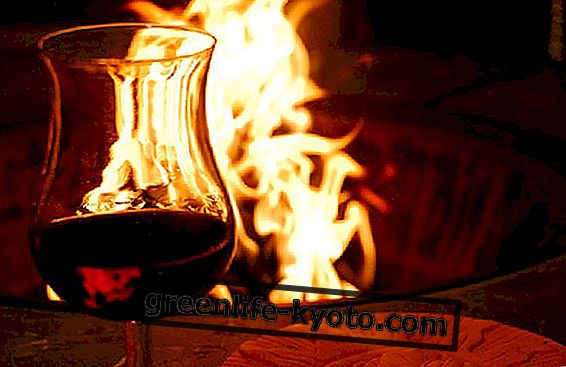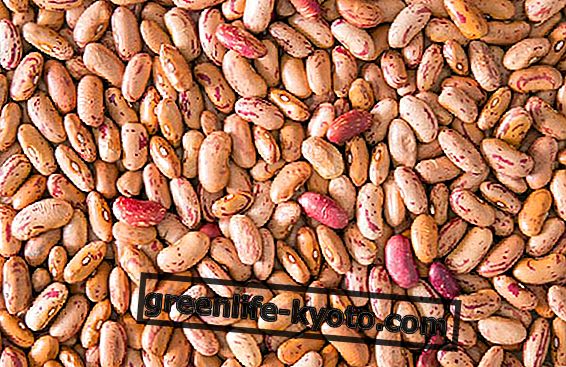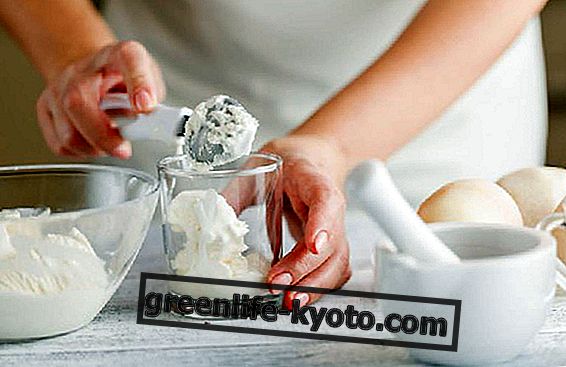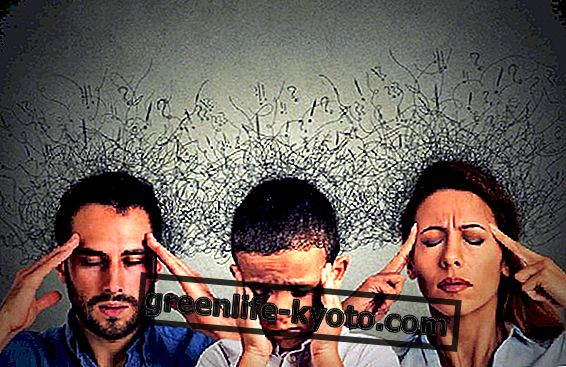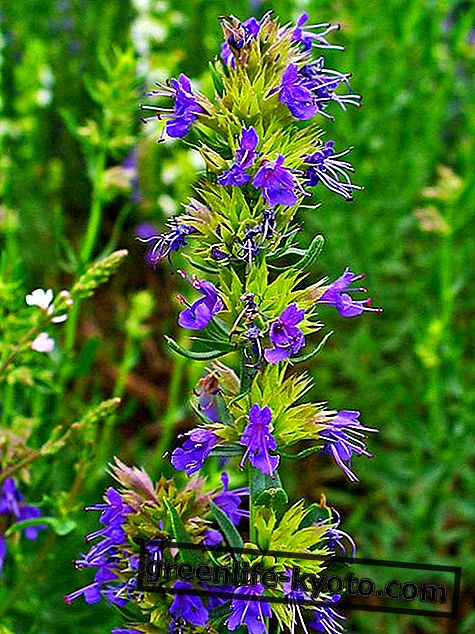
The chakras have now become a rather popular knowledge of the domain: they are often treated in magazines that are not strictly yogic or alternative medicine and, more or less pertinently, find space in general health and wellness weeklies.
We therefore consider it appropriate to present to you a less popular and well-known topic of Ayurvedic medicine : the marma points . Have you ever heard of it?
What are marma points?
Marma points are specific points of the energy body that are particularly important for the health and well-being of the person because they are connected to the circulation of prana (vital energy).
Assimilable to that of the chakras, they do not reside in the physical body, so it is not possible to identify them through resonances or plates, but they represent energy centers placed in correspondence of certain organs, muscles, bones or joints .
Traditionally, these points are believed to be 107, located throughout the body, from the head to the feet; they must not be understood as mere physical points, but are connected to emotions, traumas, the inner world of the person; acting on a marma does not only mean stimulating a certain organ or counteracting a specific disorder, but also removing an energy block, perhaps formed years ago and causing psycho-physical problems.
These points are stimulated either through an ayurvedic massage (complete massage, facial massage, etc.) or are treated in isolation, ie not within a massage session and without oil, but manipulated by the therapist through pressure, more or less intense, of the thumb, index or middle finger, in the area of the body where they are placed.
Marma: a world to be discovered
Marma points are therefore fundamental according to Ayurvedic medicine because they represent the keys through which to harmonize the energy and rebalance the doshas (constitutional types).
They act both on the physical body and on the emotional picture of the individual in the name of the sacred principle of ayurveda on the basis of which man cannot be decomposed: the physical body, the mental body, the energy body are all fragments inseparable from the whole and their balance determines the psycho-physical health of everyone.
The marma system is in dialogue not only with Ayurvedic medicine, but also with yoga and meditation, martial arts and traditional Indian culture in a complex and fascinating plot. Deciphering it is quite difficult given the ramifications; what we advise you, if you are interested, is to start by finding a valid Ayurvedic therapist to personally experience a work on these points.
